Advanced Swing Trading Strategies : John Crane
The essential ingredients required for swing trading have been around for decades. The fact is that as long as human behavior remains the same, market behavior will be the same. As a result of this natural phenomenon, every market–whether it be stocks or commodities–offers swing trading opportunities. But finding these opportunities and capitalizing on them can be a daunting task if you’re unprepared.
In Advanced Swing Trading, John Crane, a veteran trader and cofounder of Traders Network, discusses his work with Action/Reaction trading theory, and illustrates a whole new way of using time, price, and patterns to predict, identify, and trade future market swings. Chapter by informative chapter, you’ll be introduced to the concepts that encompass this proven method, including:
Market behavior
Reaction swings
Swing trading reaction swings
The Reaction cycle
Action and reaction lines
Entering and exiting trades
Reversal dates
Long-term versus short-term trends
And much more
Advanced Swing Trading deals with Action/Reaction theory by combining price levels, timing methods, and confirmation patterns that strengthen the predictability of future market moves. This practical and revealing book takes a step-by-step look at the Action/Reaction theory and shows you how to profit as markets go through a complete and predictable cycle that is known as the Reaction cycle. Using this technique, you’ll learn how to predict the beginning of a new trend and then project the time and price of the center and end of new trends.
By using unique techniques such as action lines and reaction lines within the Reaction cycle, you’ll also discover how to predict the time and price of major market reversals. With this knowledge in hand, you’ll know whether the market is going to make a major turn or if it’s only going to make a small correction against the prevailing trend.
Packed with proven strategies from a respected veteran, real-world examples and clear-cut charts, Advanced Swing Trading provides an in-depth overview of the art of swing trading. This comprehensive book offers you the step-by-step guidance that will allow you to apply powerful swing trading techniques to any portfolio–without making it a full-time job–and gives today’s investors fresh new methods needed to consistently improve their bottom line.


 9Likes
9Likes LinkBack URL
LinkBack URL About LinkBacks
About LinkBacks


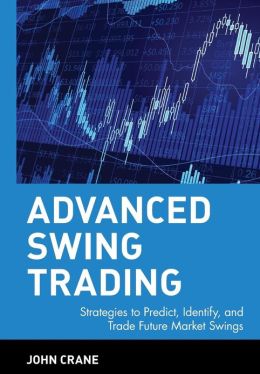





 Reply With Quote
Reply With Quote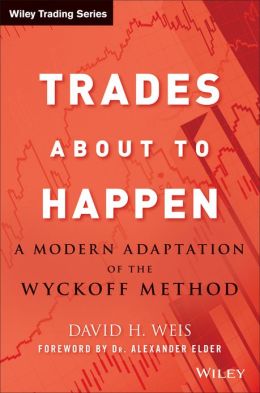
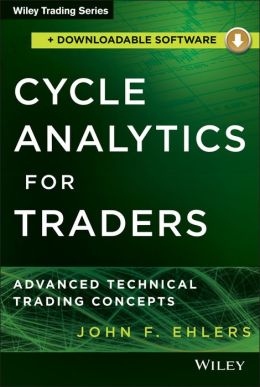




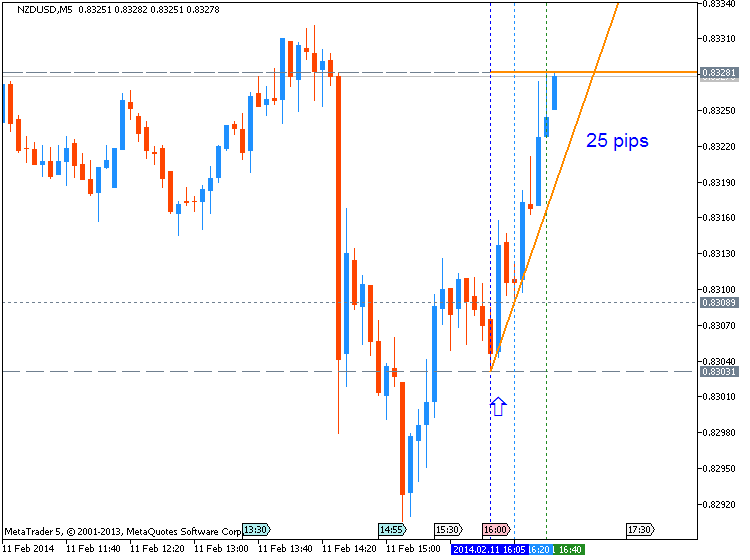
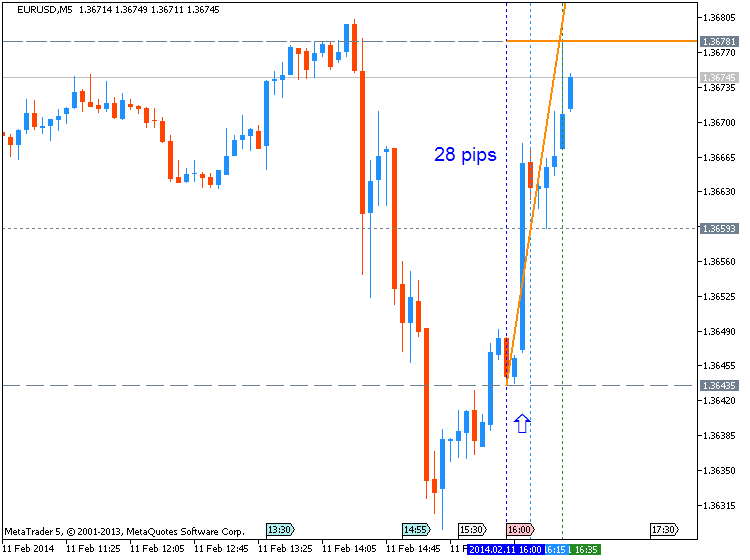
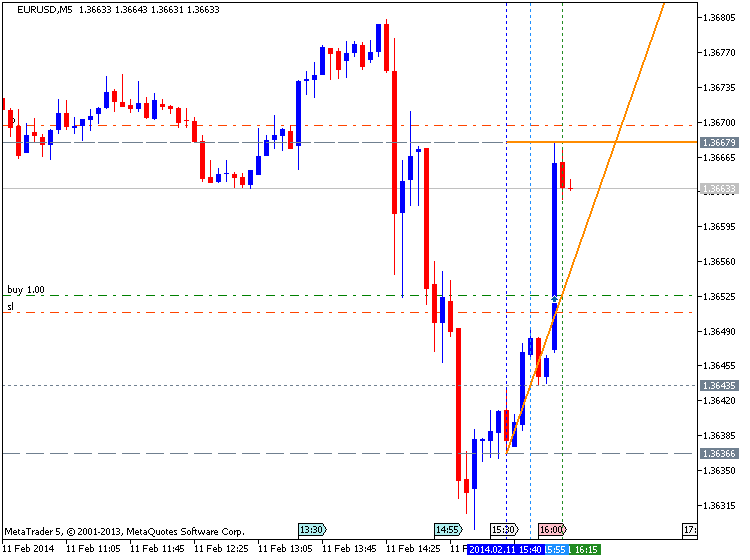
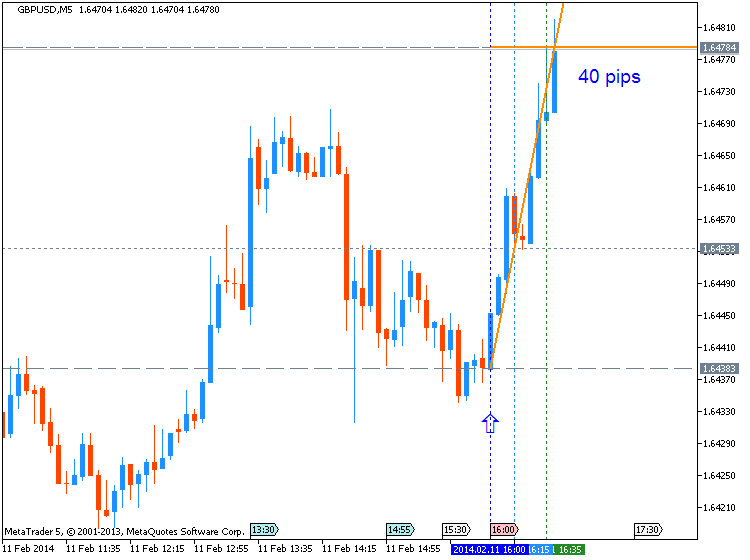
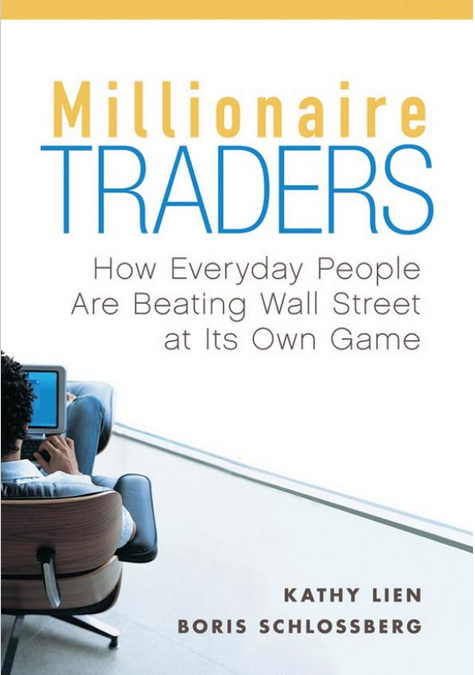




Bookmarks